Which is your Favorite Crocus Flower Color?
Crocus is one of several of the first flowers to come out of the ground in spring. Some people refer to the Crosuses as the light bulb flower, bright like a light bulb.
Crosuses are a perennial flowering bulb flowering in the earliest part of Spring of each year.
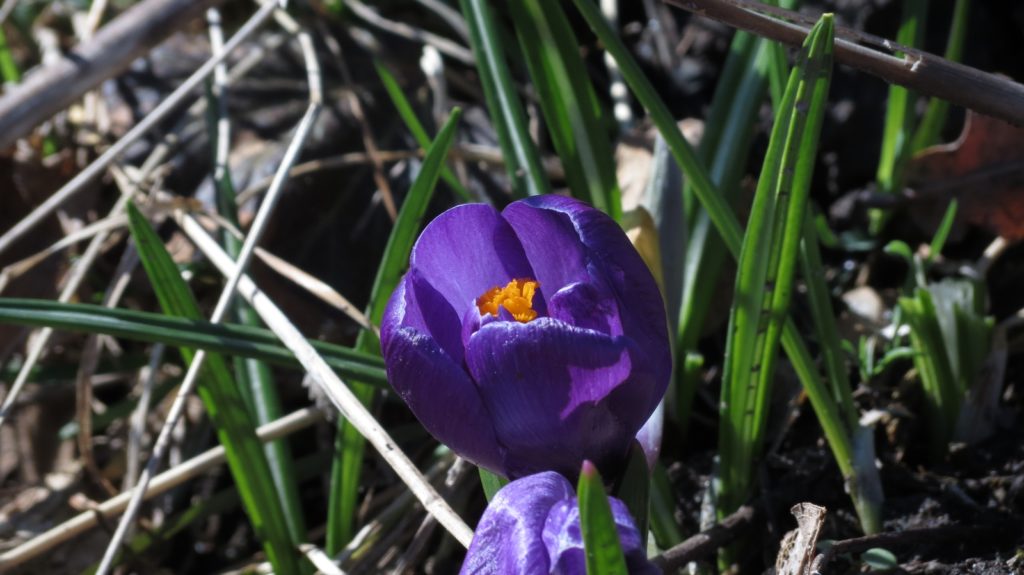
Purple Crocus is a popular choice, planted closely in lots of 6-12 produces nice grouping of garden Color!
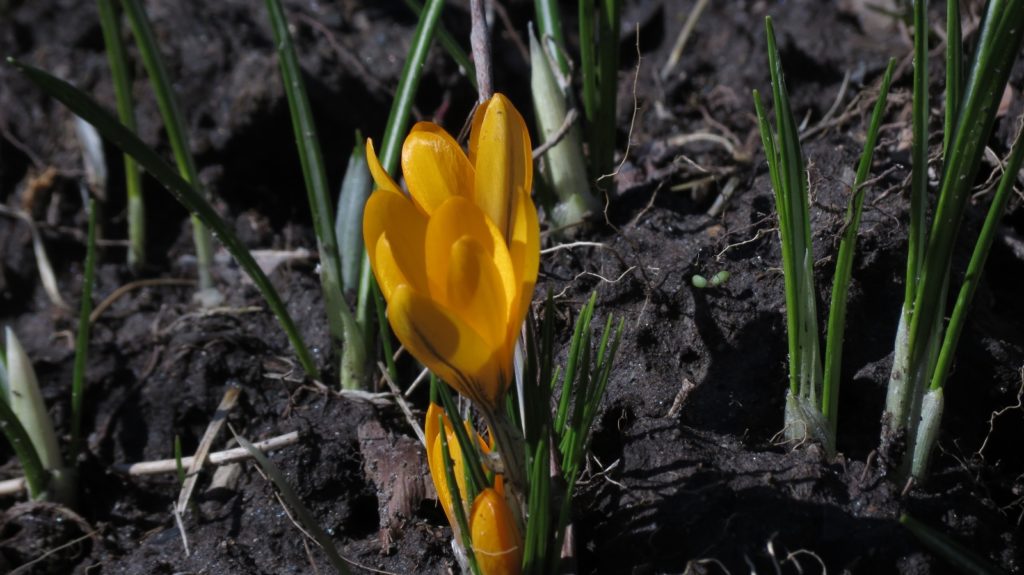 Crocus Flowers are a sign of hope & warm sunny days to come, that Spring has arrived!
Crocus Flowers are a sign of hope & warm sunny days to come, that Spring has arrived!
There is an Autumn Crocus, known as Meadow Saffron or Naked Lady and is a nice sight in the Autumn Season when there is little color or flowers in one’s garden.Ifyou 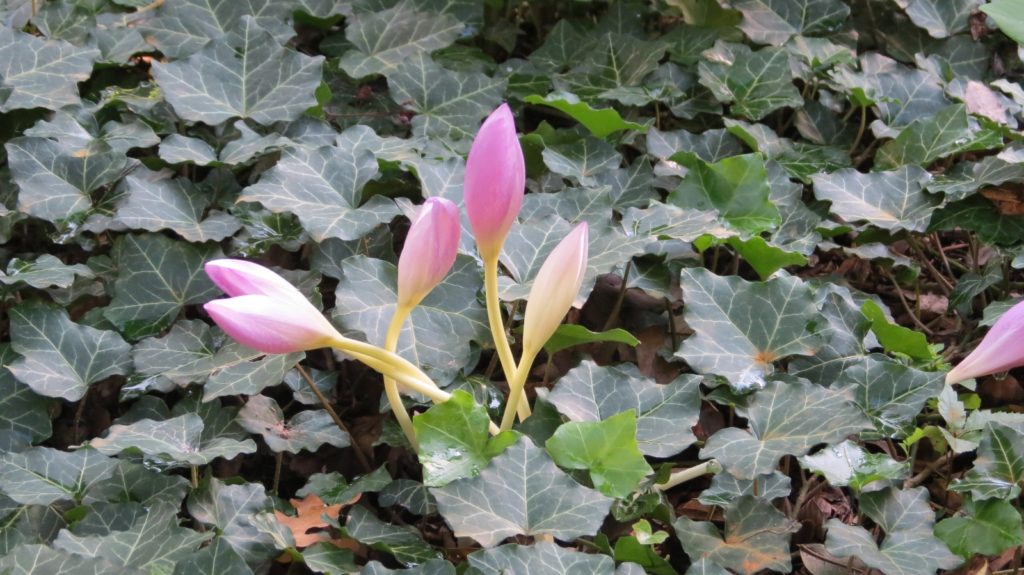 Did not plant Cocuses in the Fall?
Did not plant Cocuses in the Fall?

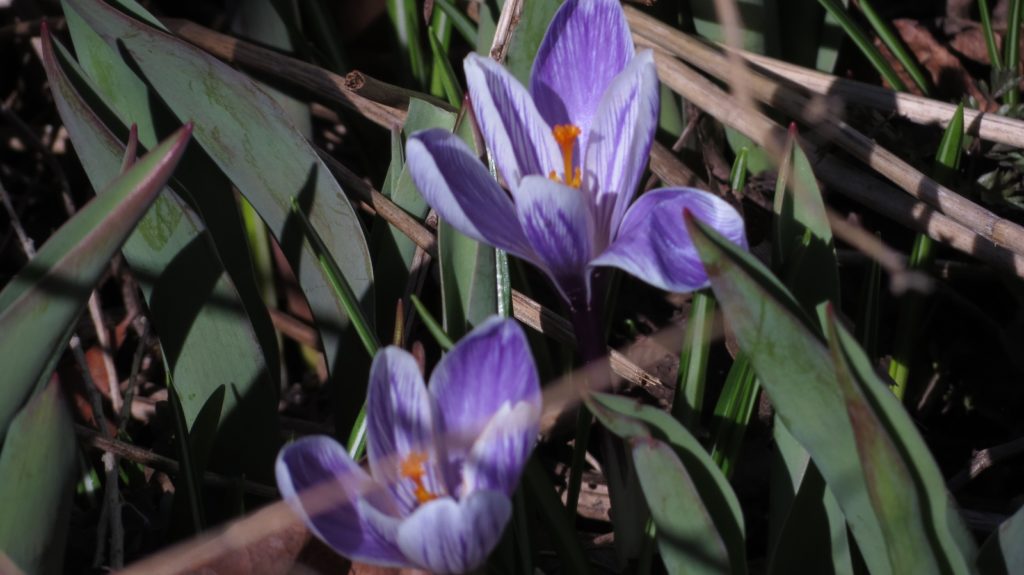
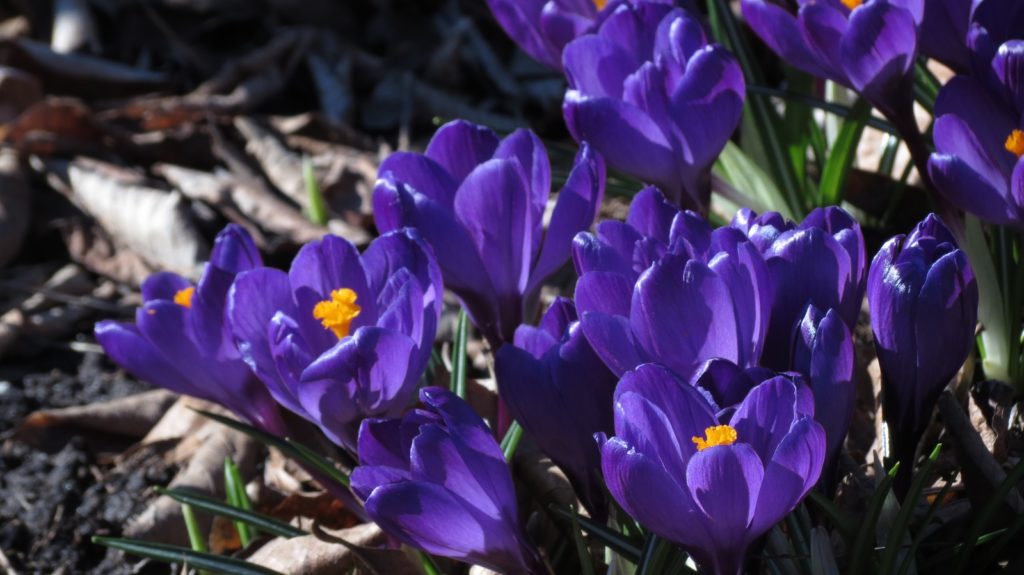
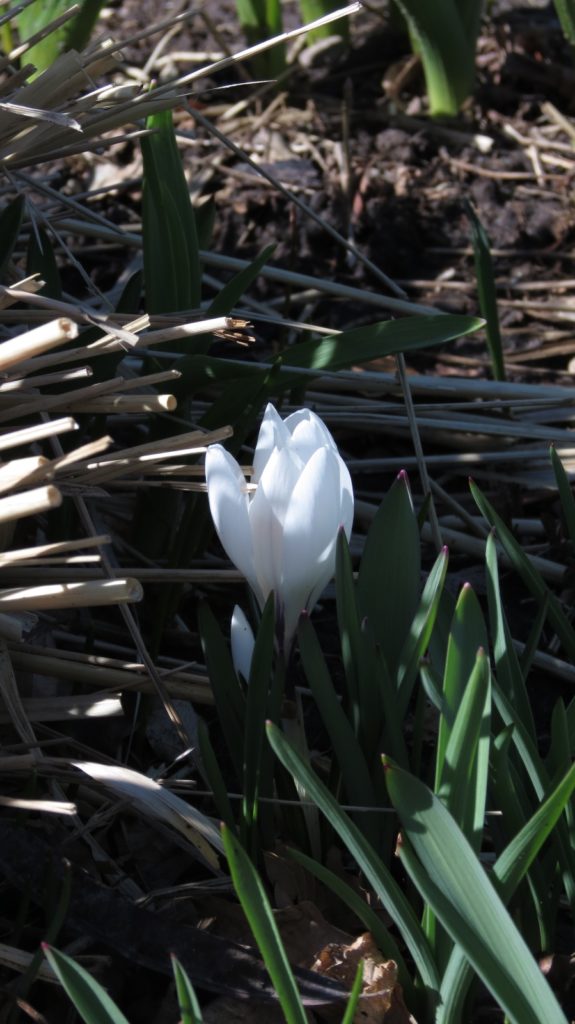
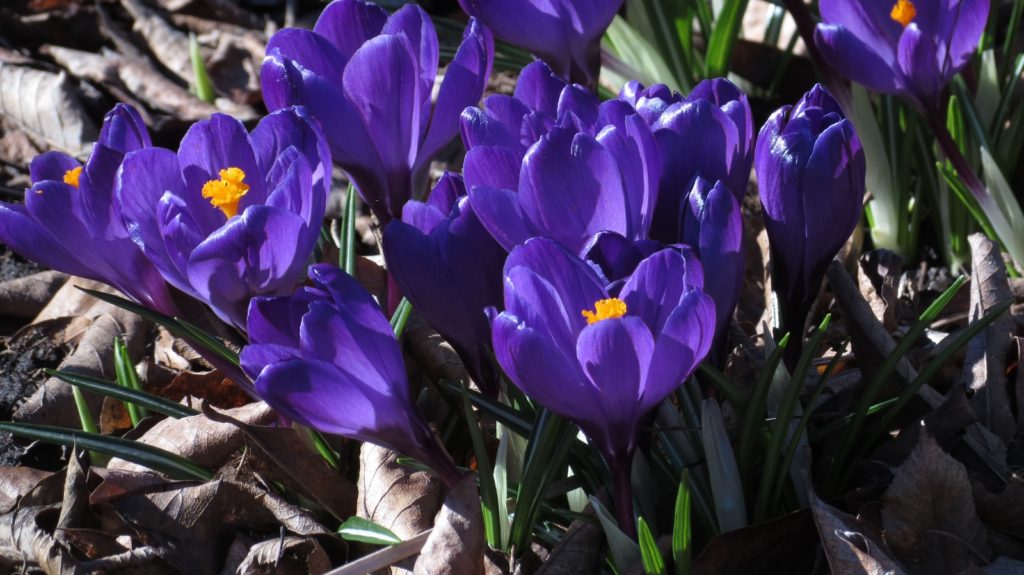
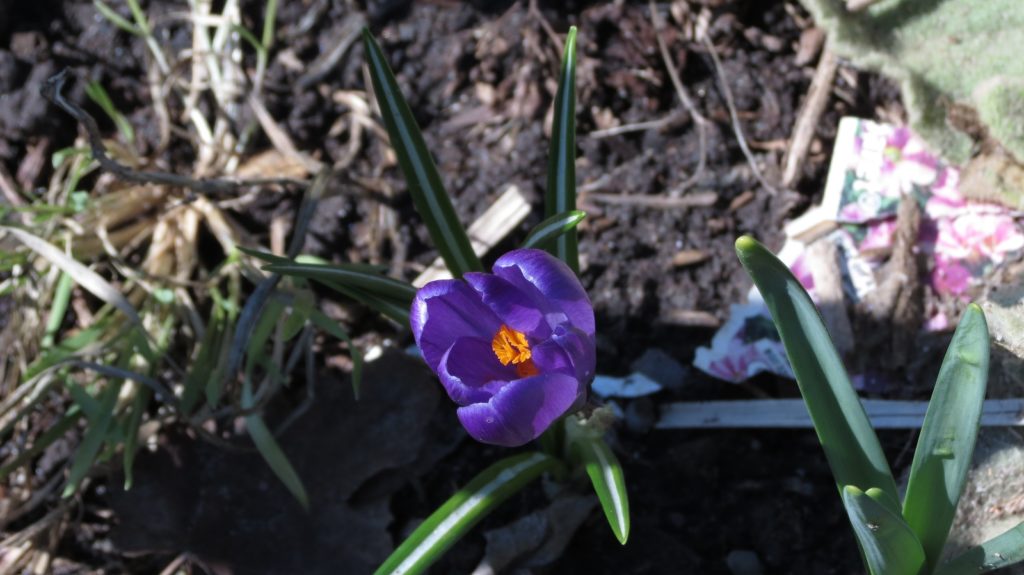
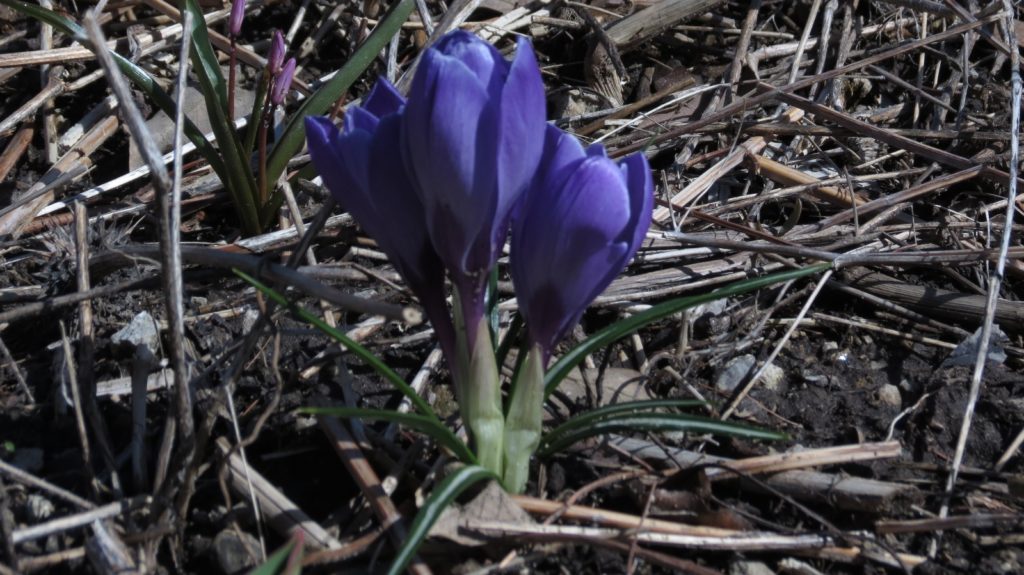
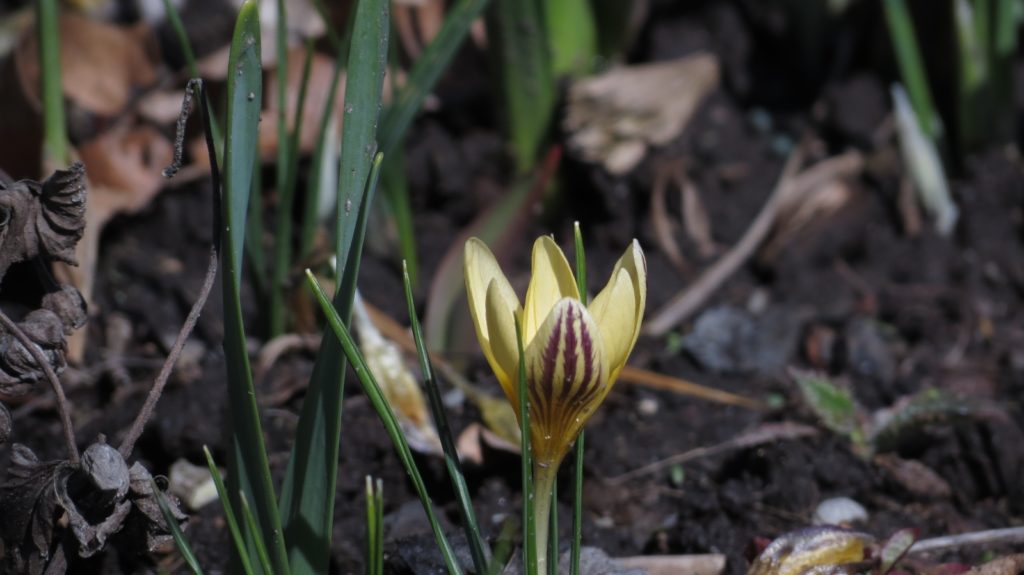
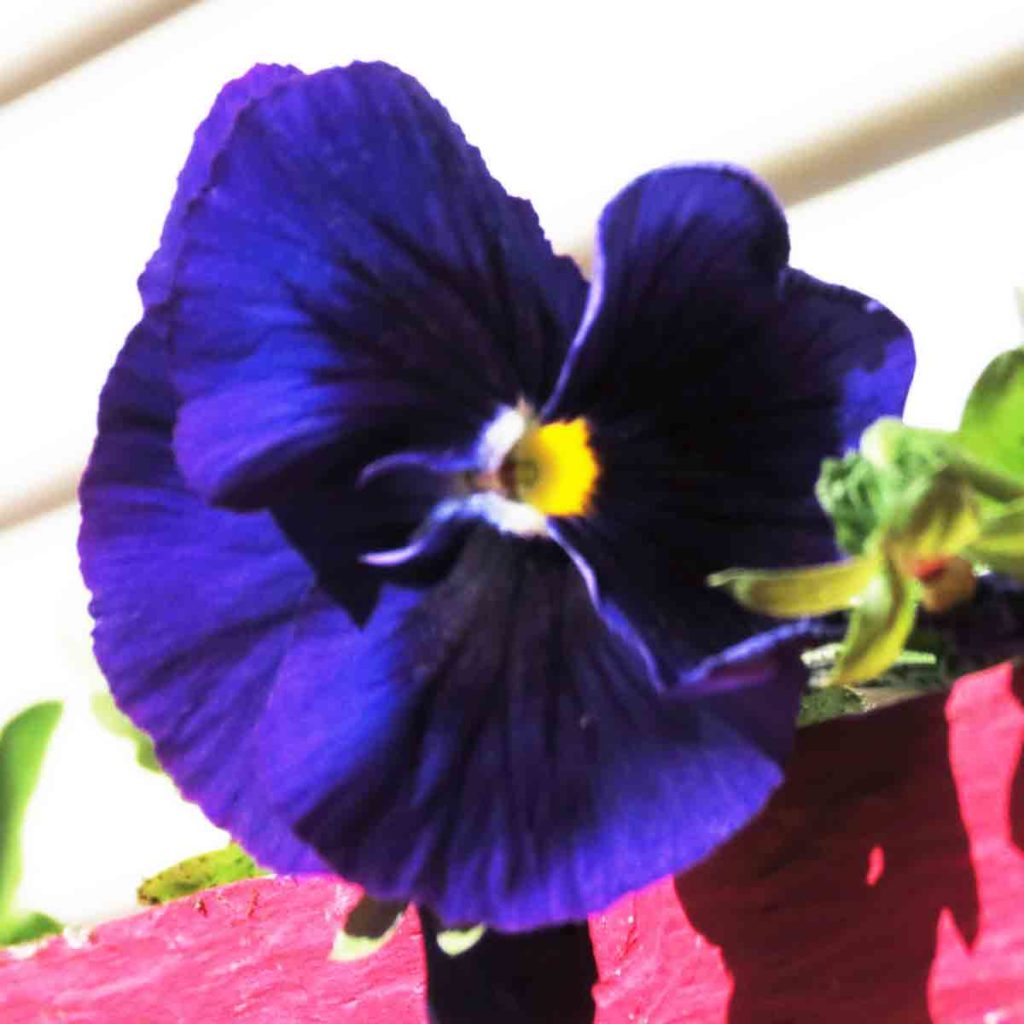
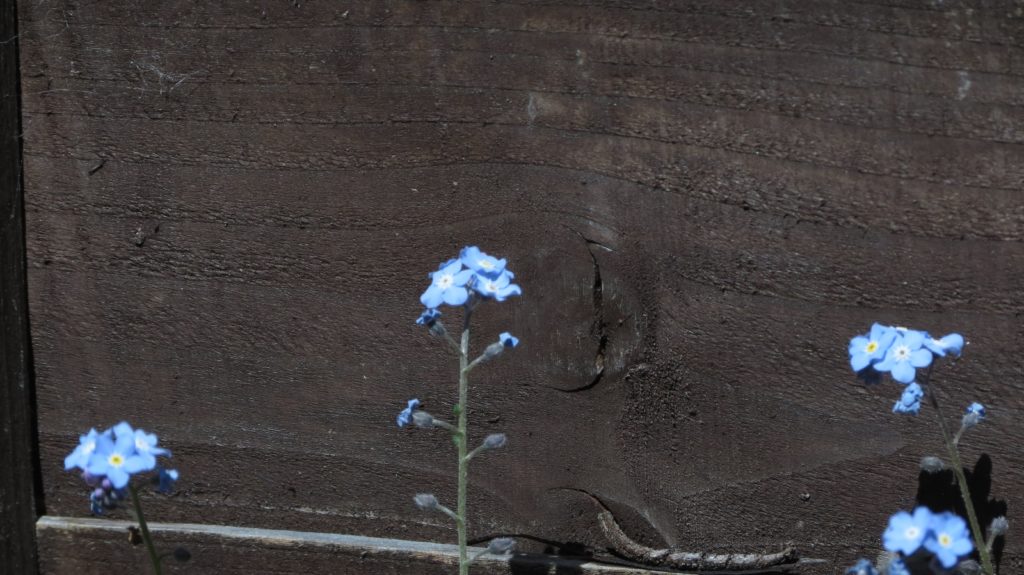
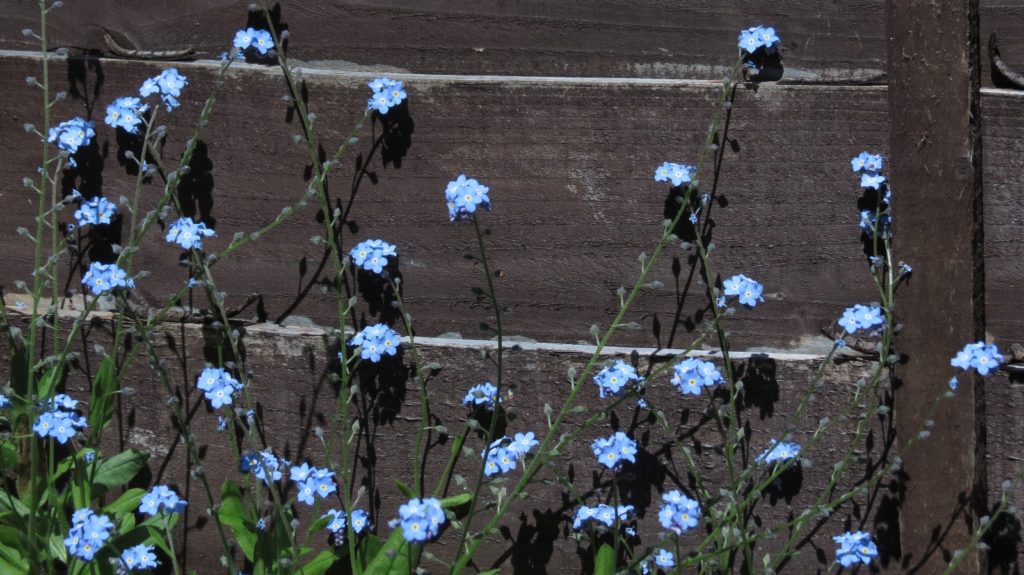
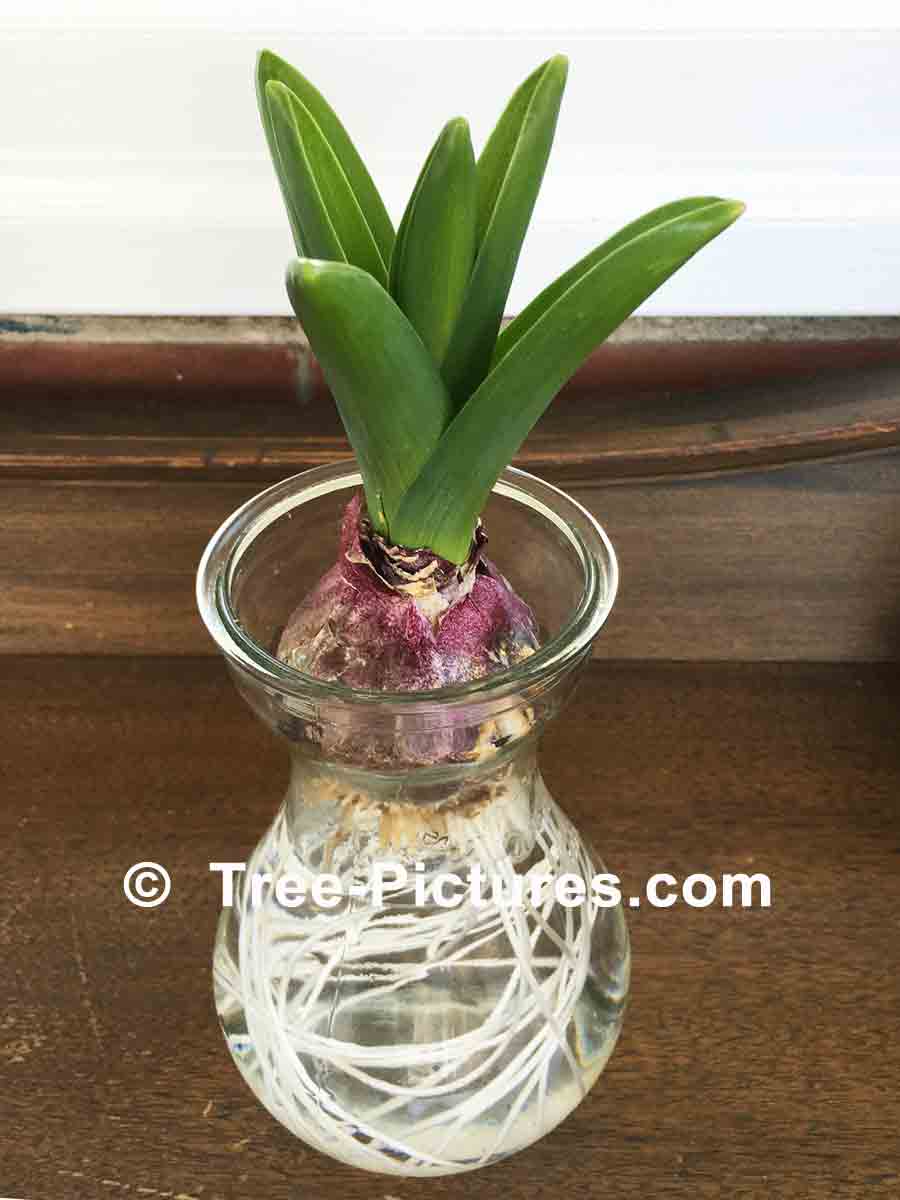
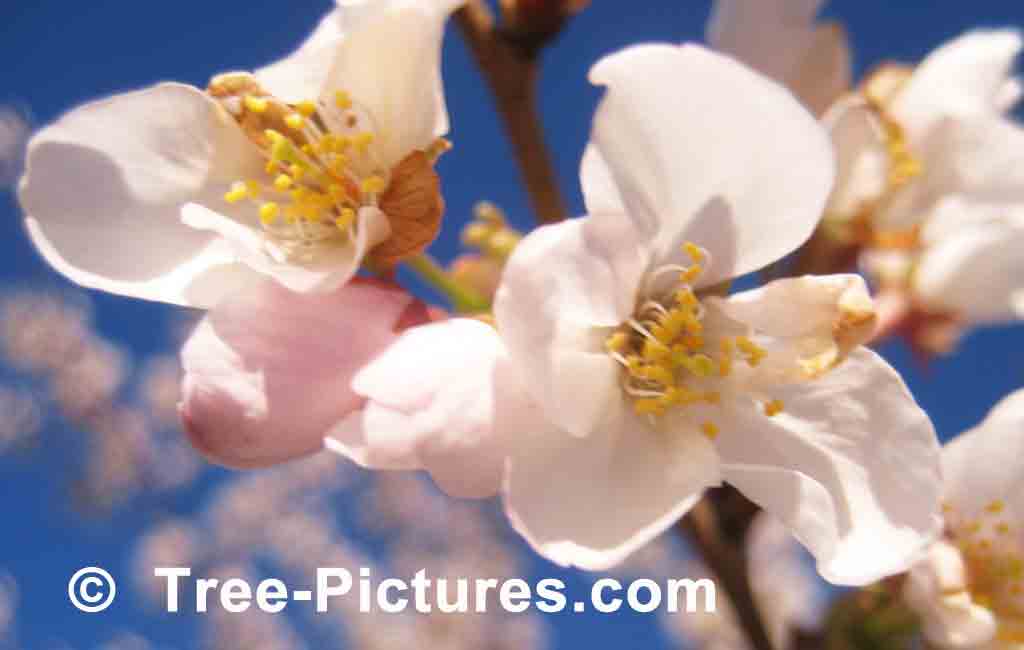

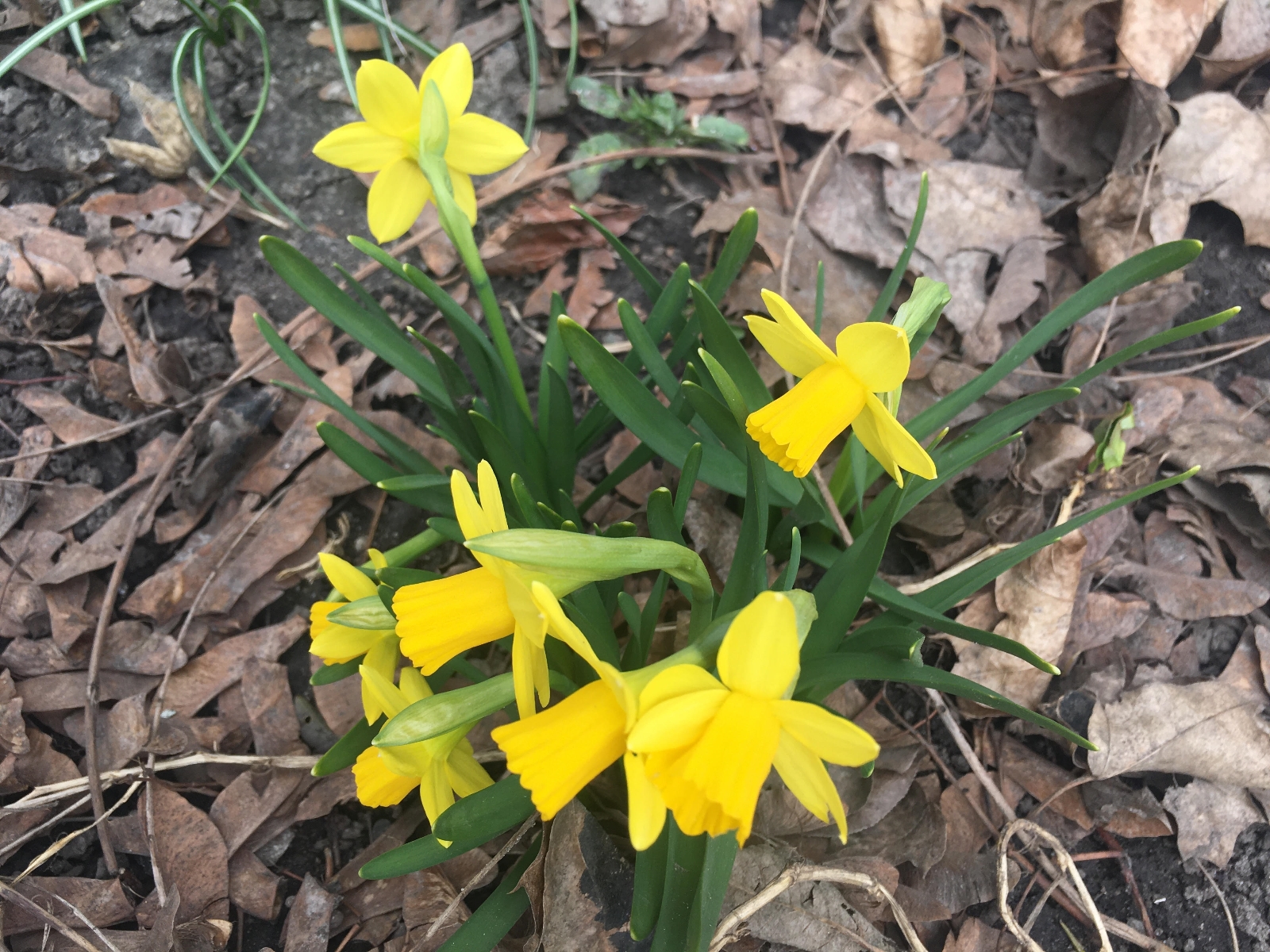
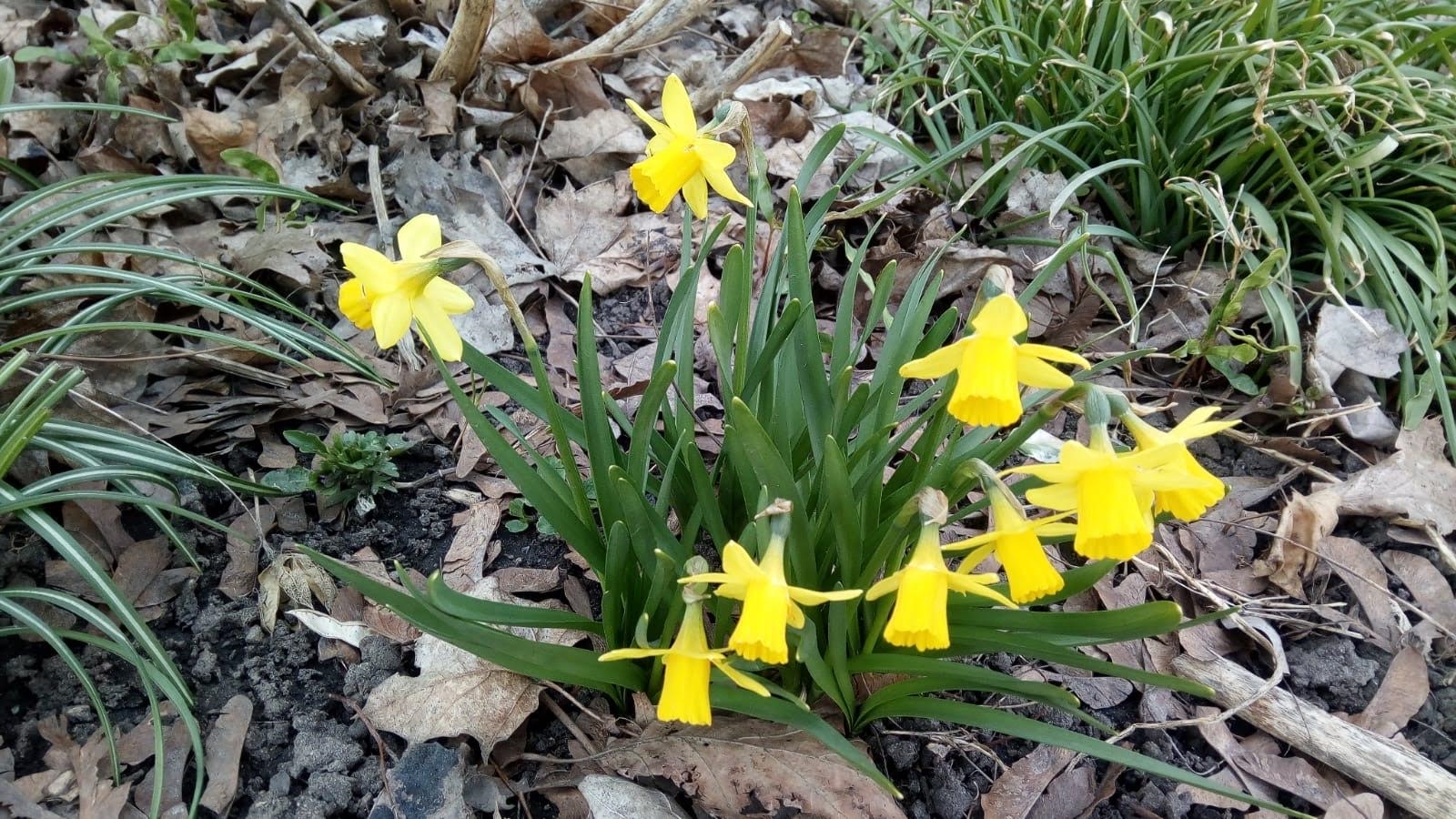
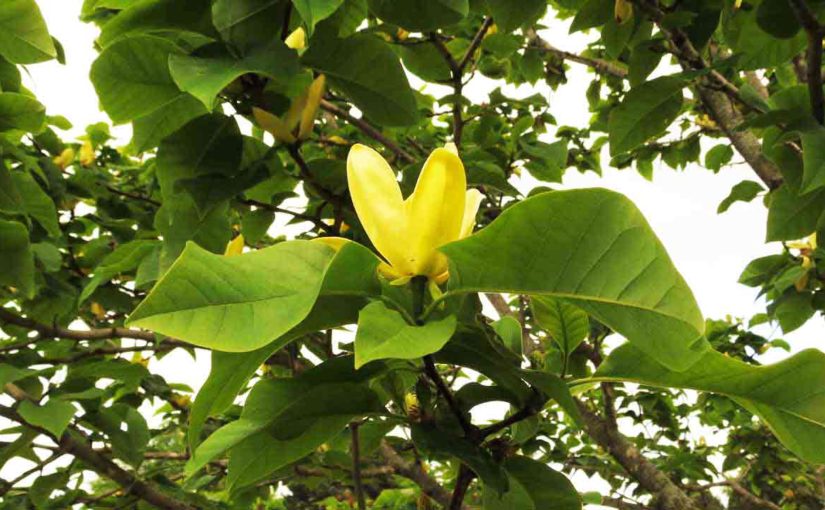
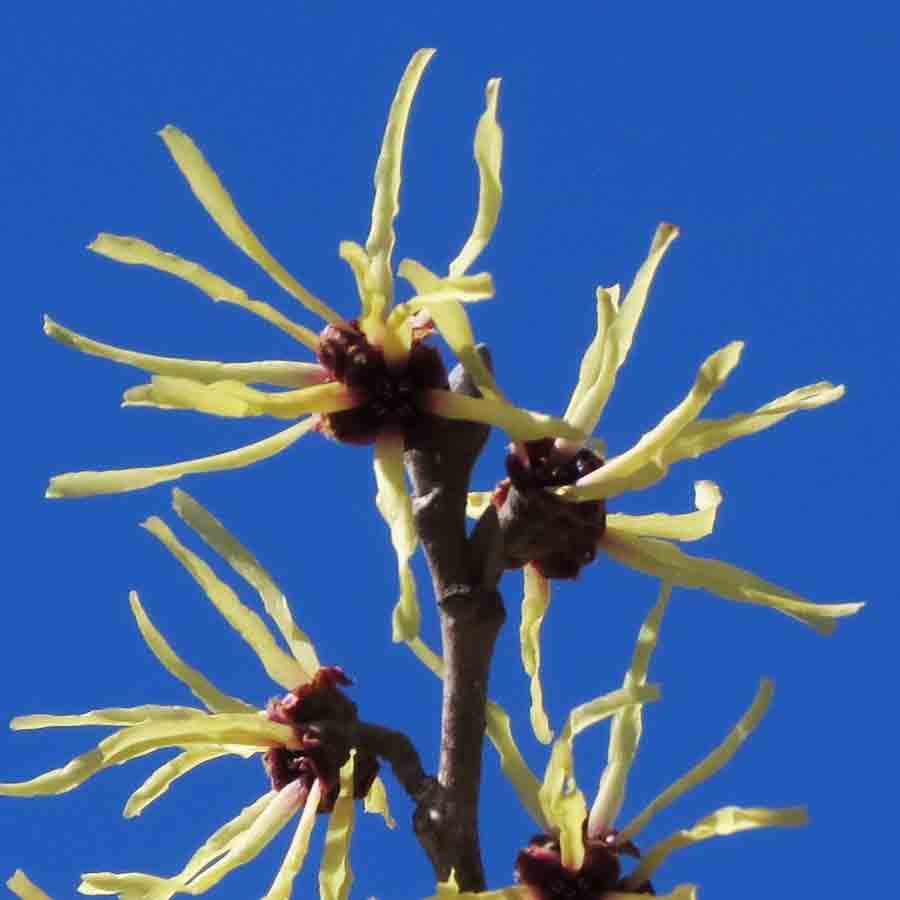
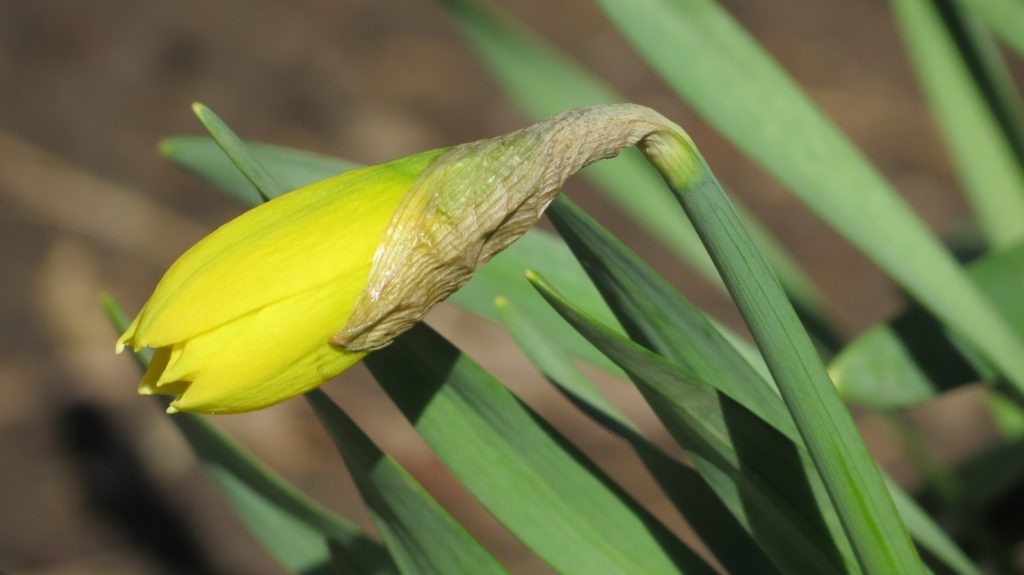
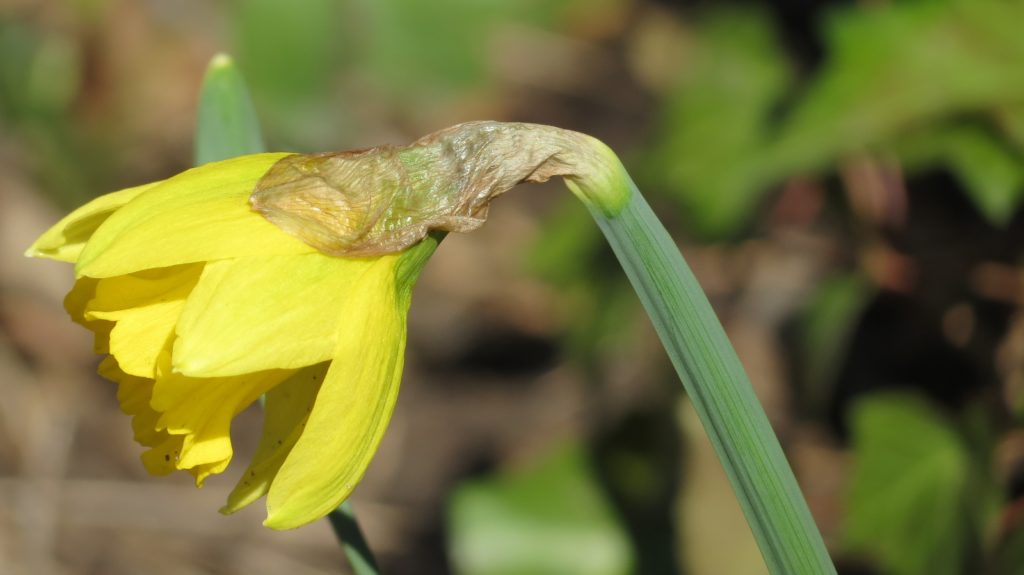
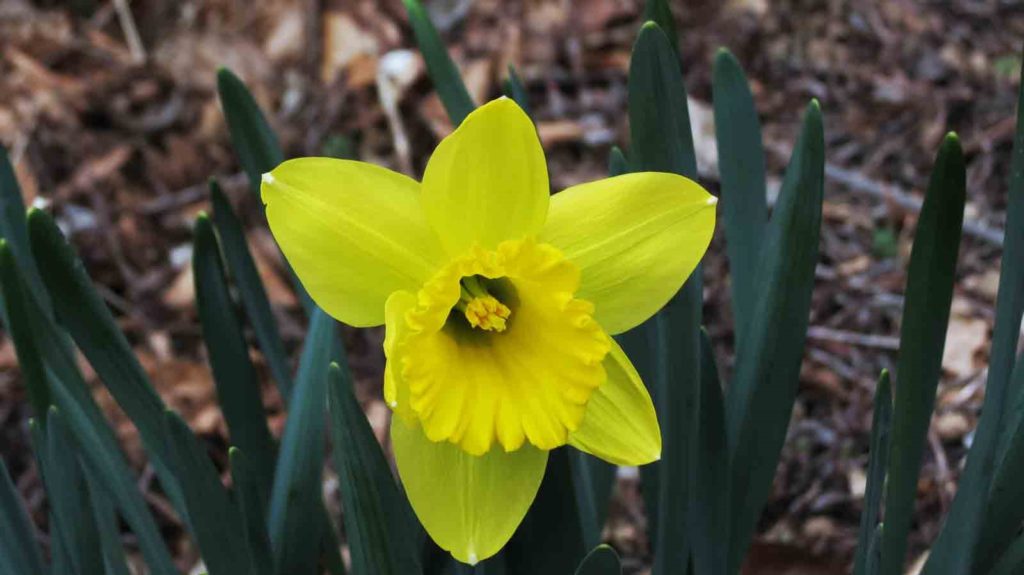 Daffodil in full flower.
Daffodil in full flower.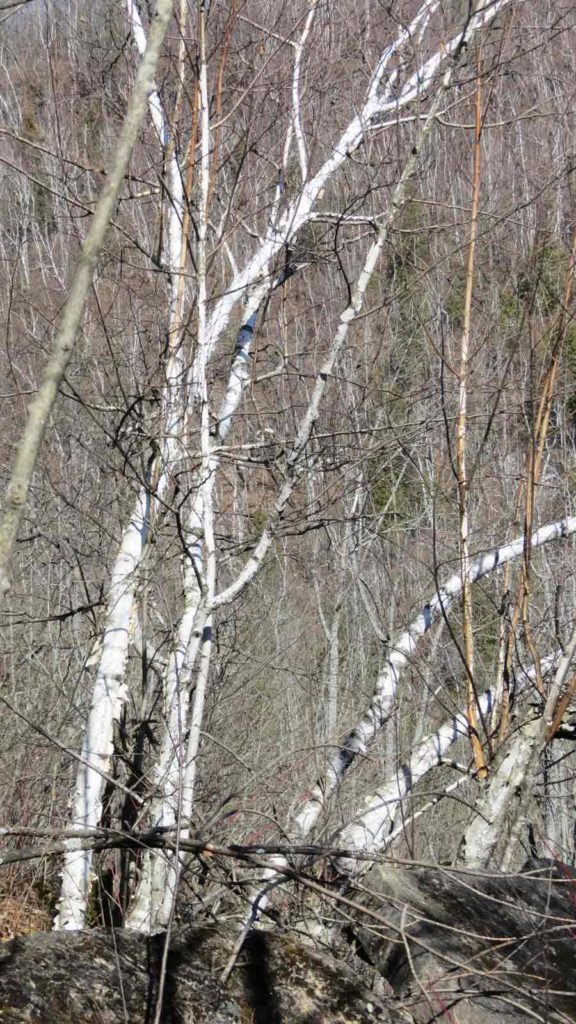 White paper birch trees standout amongst the darker forest trees in Spring Season.
White paper birch trees standout amongst the darker forest trees in Spring Season.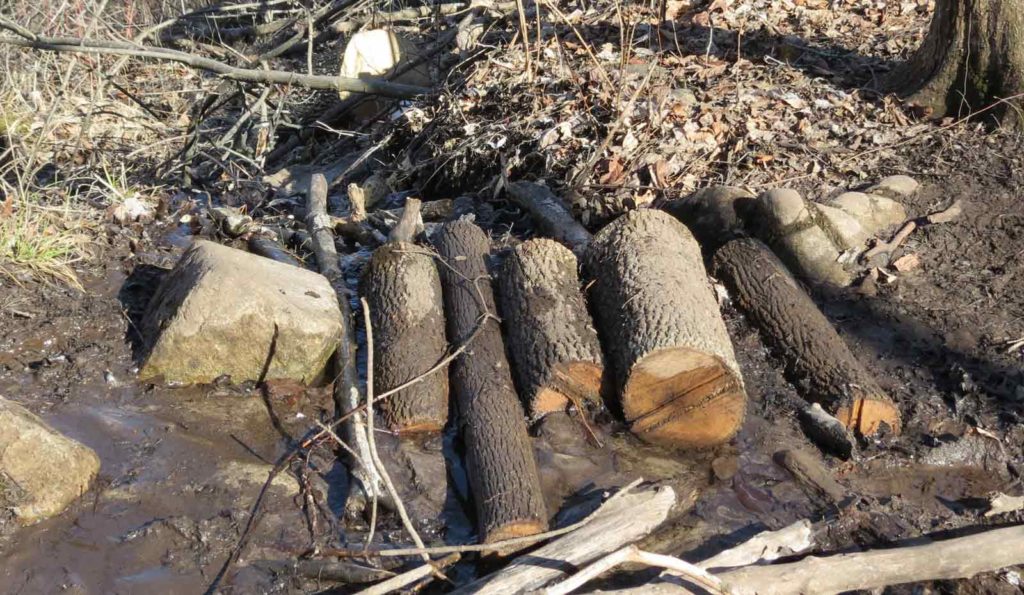 The forest trail is mucky and slippery as water runs across it – wood logs help bridge the path.
The forest trail is mucky and slippery as water runs across it – wood logs help bridge the path.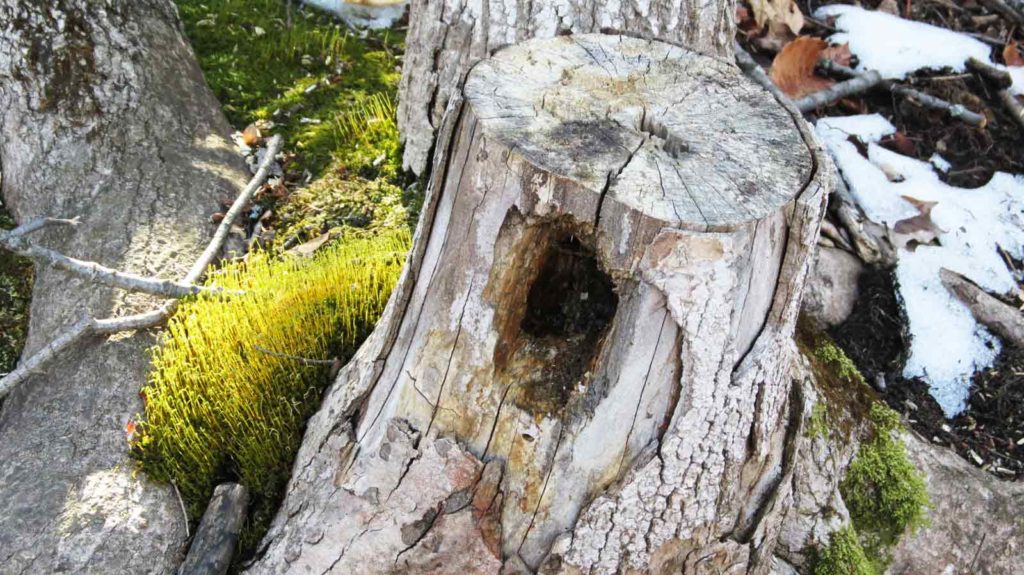 Old cut tree has a habitat hole with new moss growth beside the stump.
Old cut tree has a habitat hole with new moss growth beside the stump.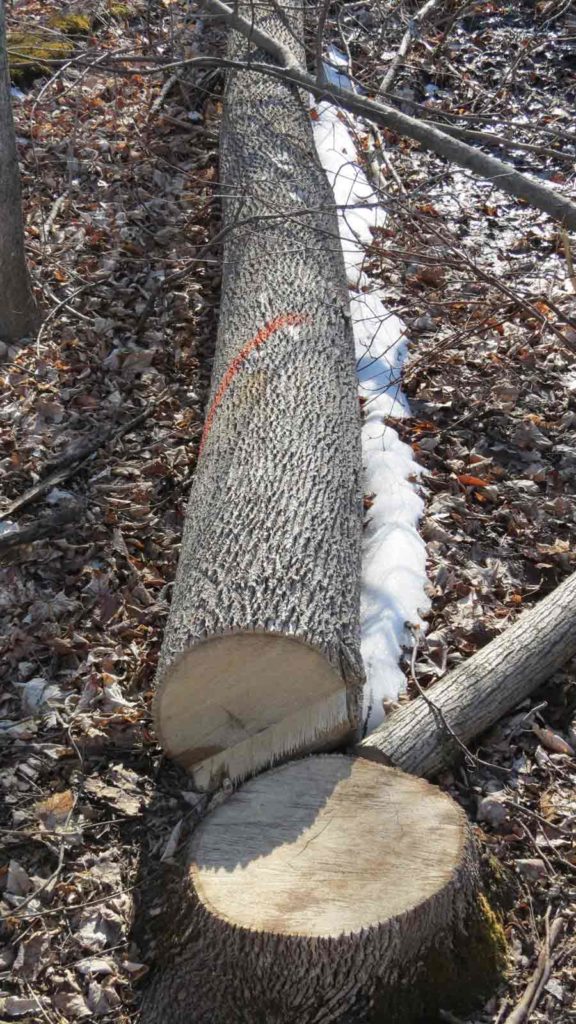 Ash tree found marked and fallen to slow down the spread of the Emerald Ash Beetle.
Ash tree found marked and fallen to slow down the spread of the Emerald Ash Beetle.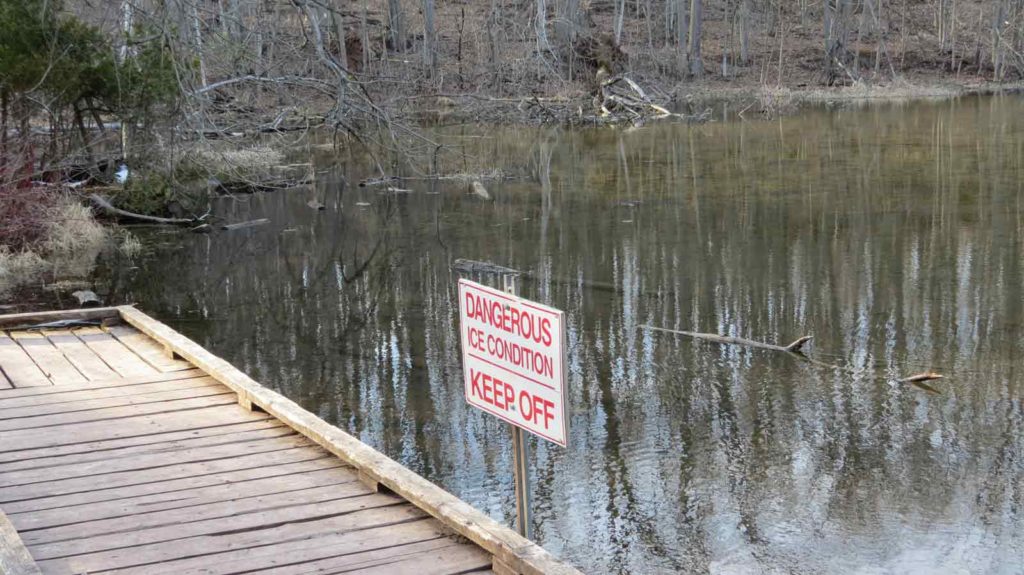 At last we come across a pond. Very quiet of any water animals or birds – too bad.
At last we come across a pond. Very quiet of any water animals or birds – too bad.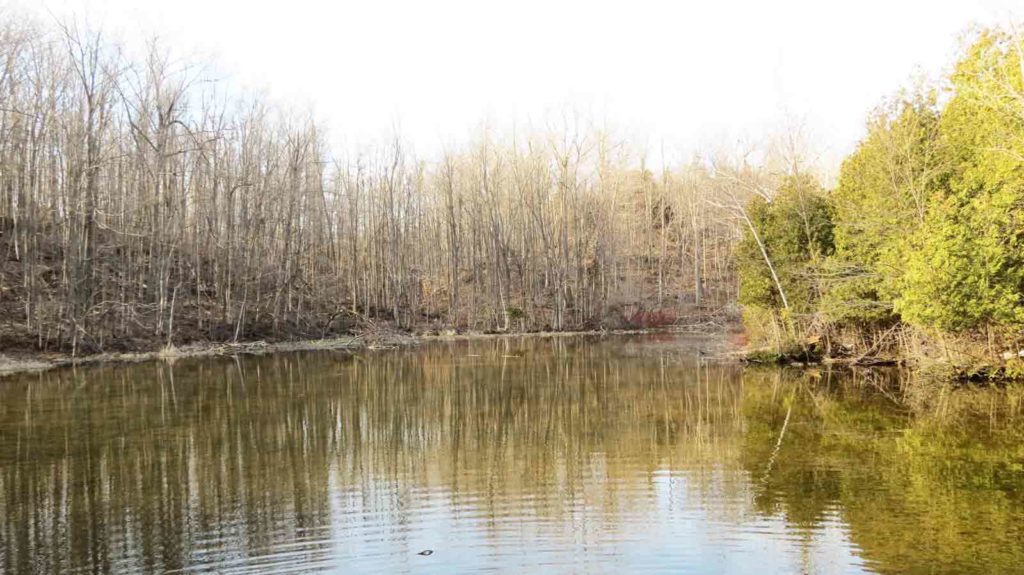 Big view of the pond, the cedars are growing on the east side of the pond getting the west sun.
Big view of the pond, the cedars are growing on the east side of the pond getting the west sun. 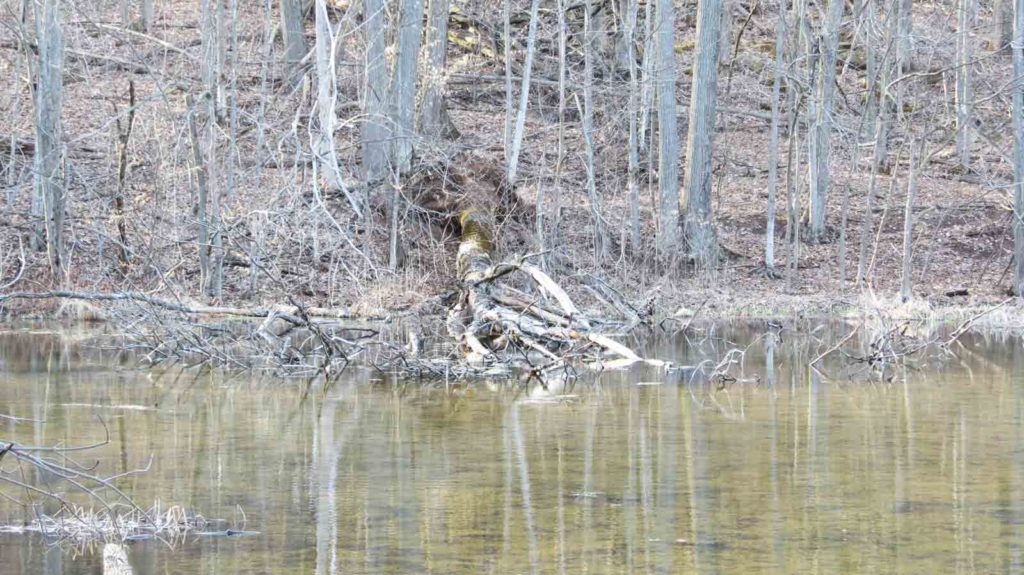 Fallen tree at the pond starts the circle of life in the forest providing nutrients back into the soil.
Fallen tree at the pond starts the circle of life in the forest providing nutrients back into the soil. 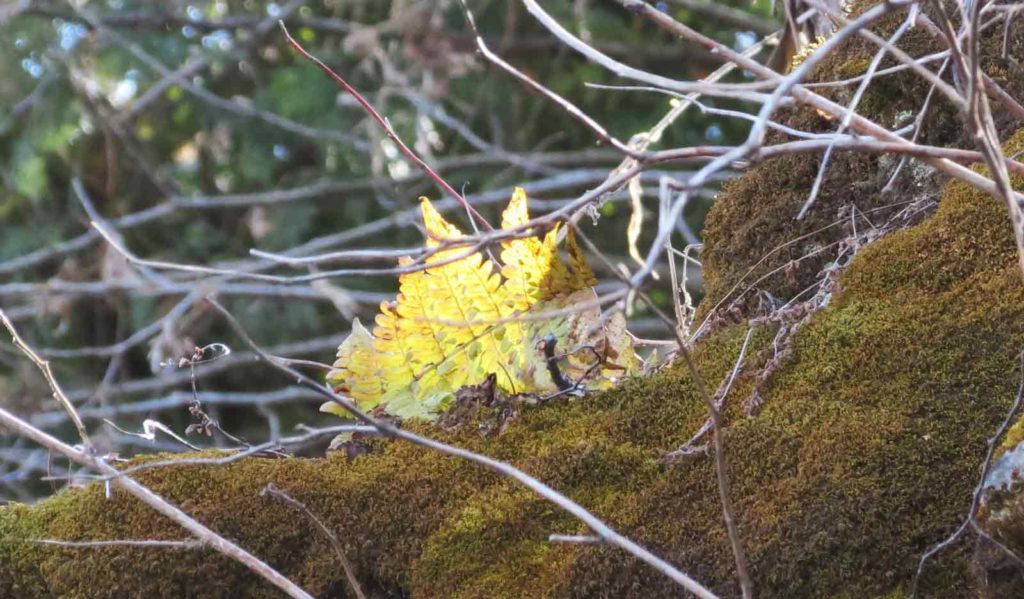 Ferns grow on the forest floor and are great cover for wild life.
Ferns grow on the forest floor and are great cover for wild life. 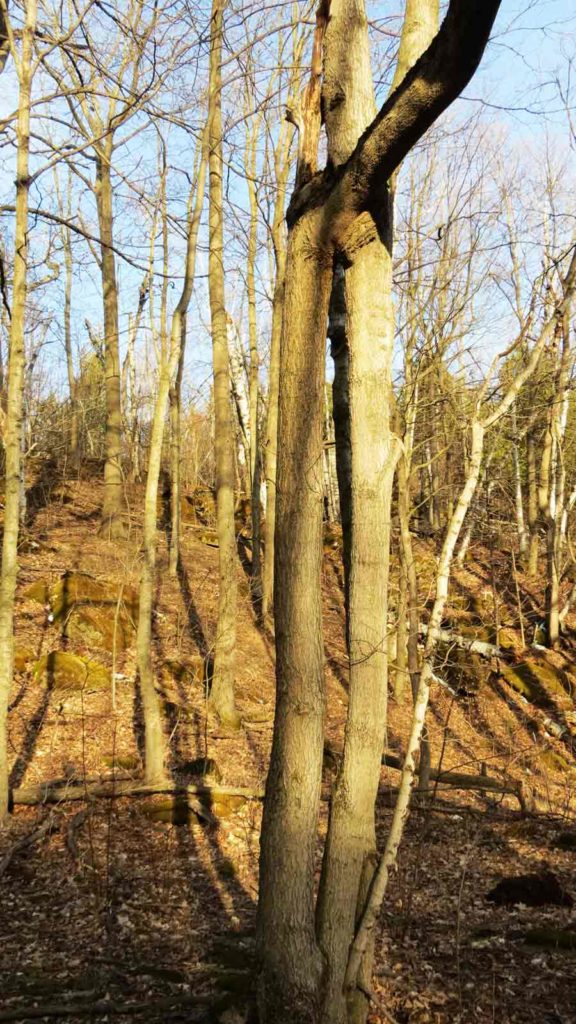 Usual tree that split into two trunks and later fused together years later.
Usual tree that split into two trunks and later fused together years later.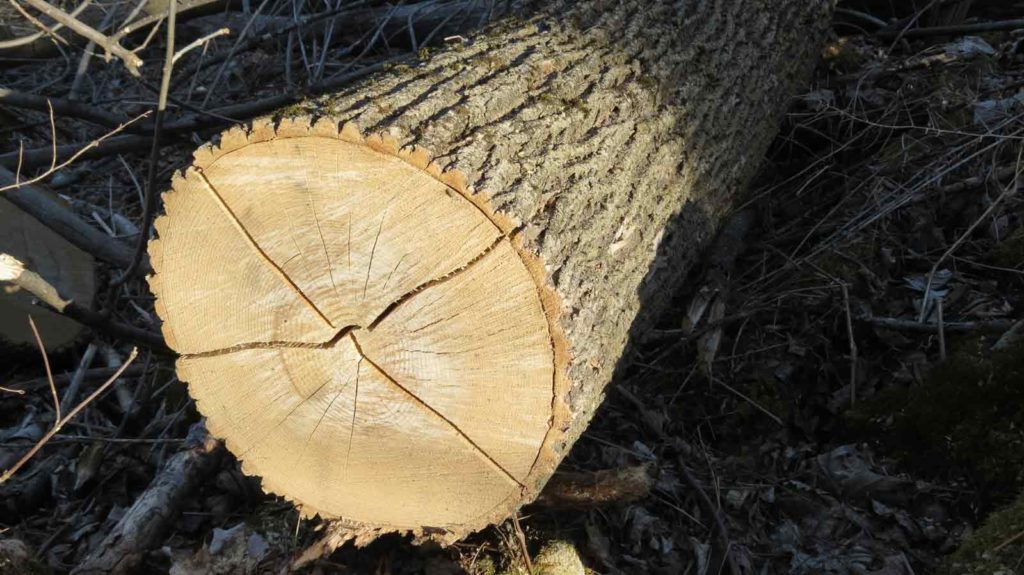 Wood dries out and splits over the dryer winter months as moisture evaporates over time.
Wood dries out and splits over the dryer winter months as moisture evaporates over time.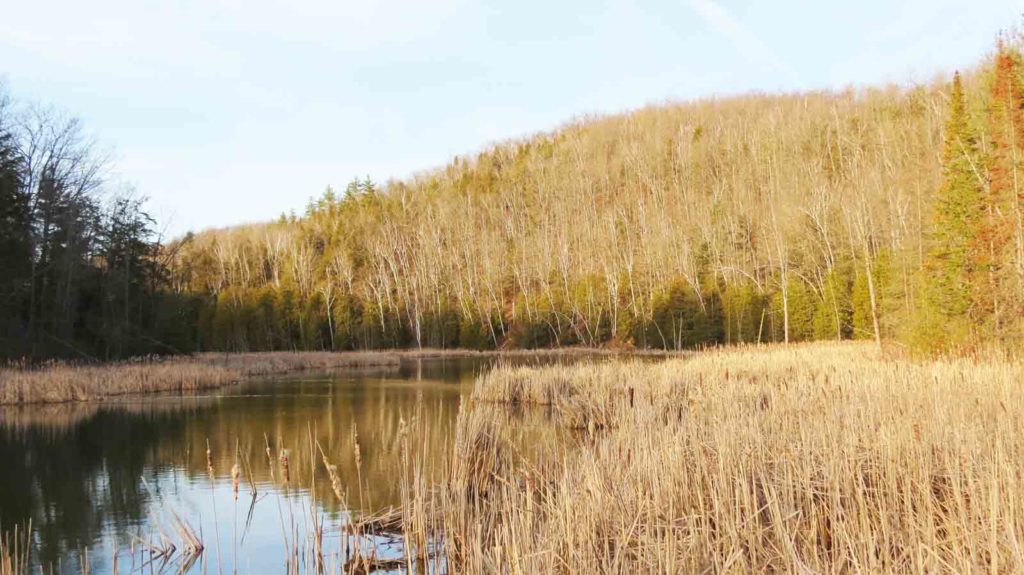 Bigger water pond with marsh bulrushes on sides with deciduous forest hill in the background.
Bigger water pond with marsh bulrushes on sides with deciduous forest hill in the background.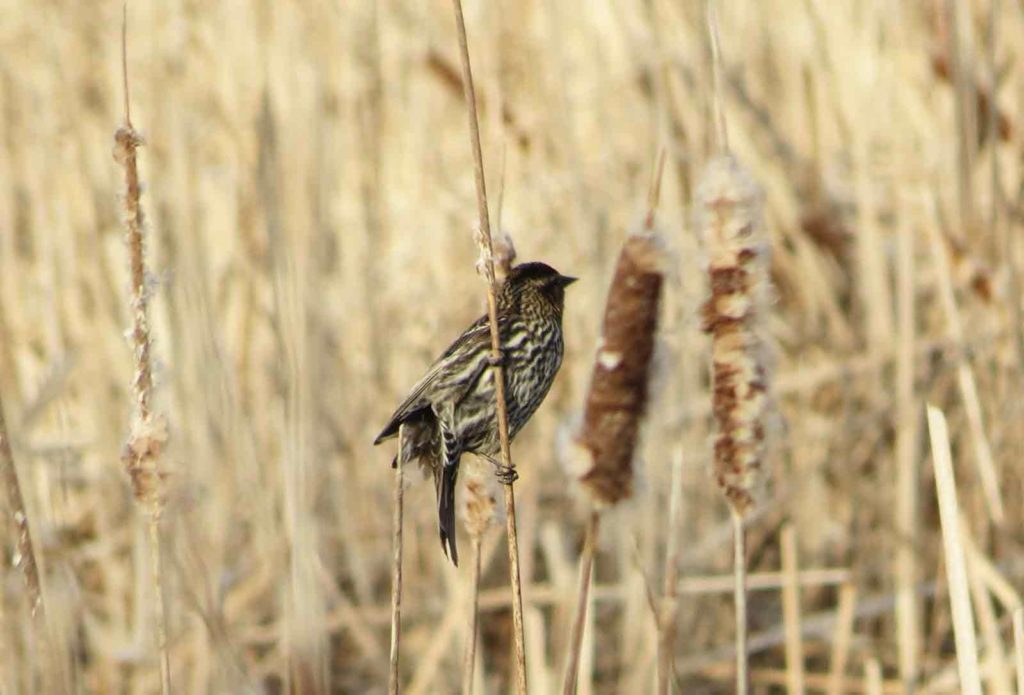 Marsh bird hangs on bulrush contemplating it’s next move.
Marsh bird hangs on bulrush contemplating it’s next move.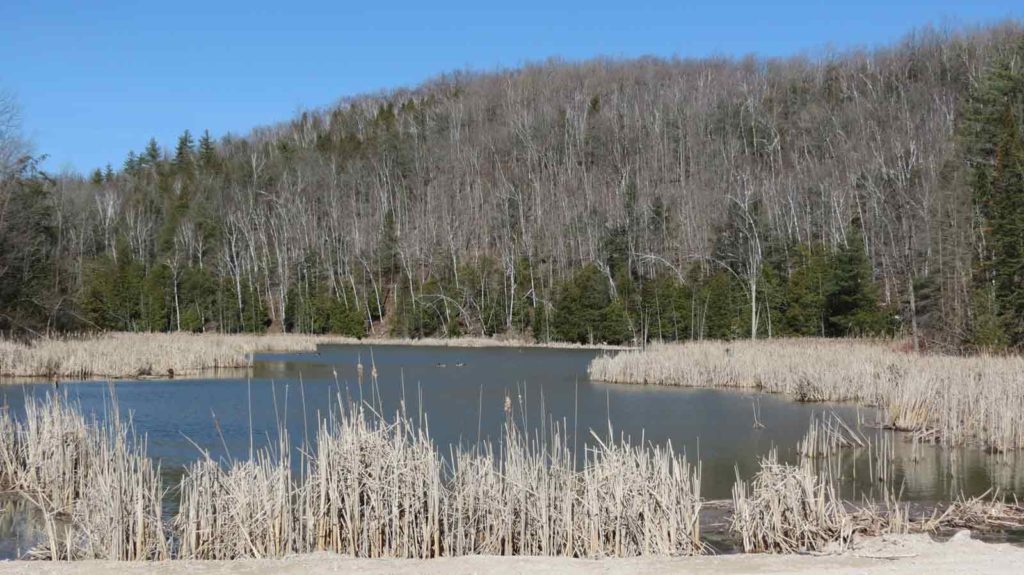 Big image of the pond marsh!
Big image of the pond marsh!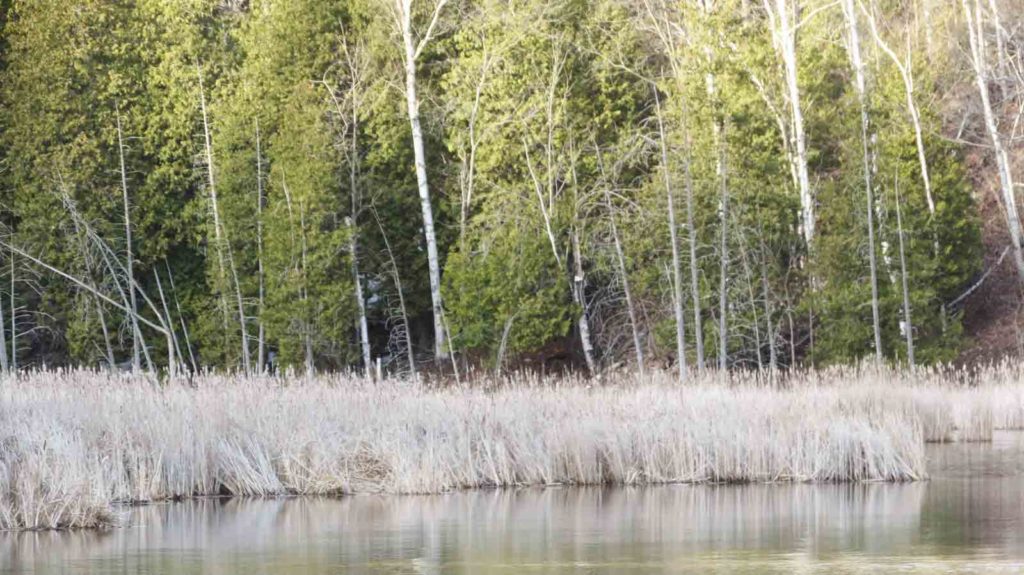 Cedar trees are evergreen trees, retaining leaves year round and populate the wet lowland areas.
Cedar trees are evergreen trees, retaining leaves year round and populate the wet lowland areas.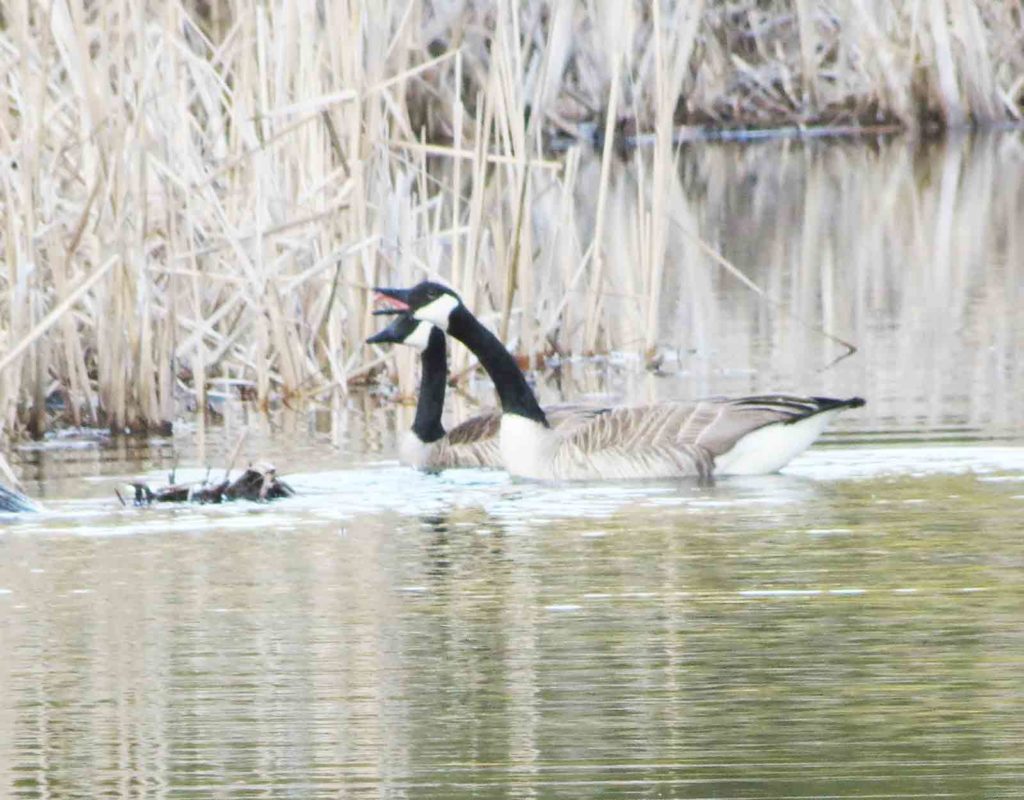 Canada geese investigating area bulrushes as possible nest for a future generation of goslings.
Canada geese investigating area bulrushes as possible nest for a future generation of goslings.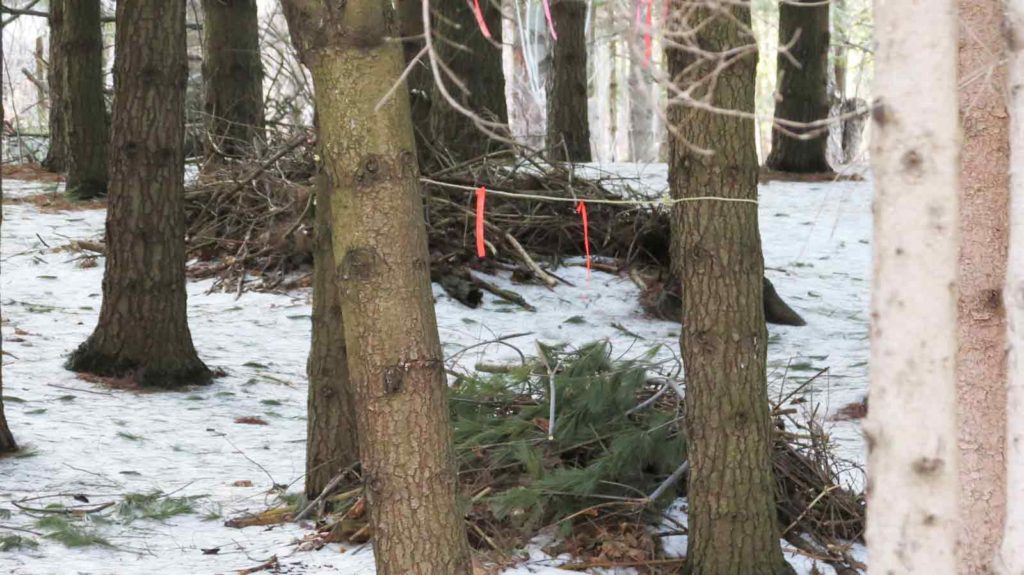
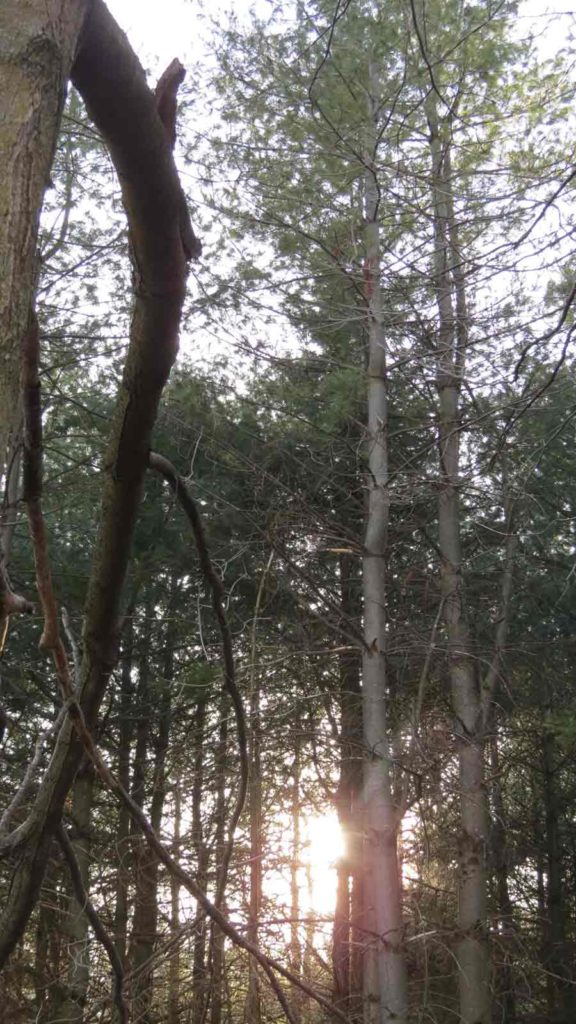 Day on the trails comes to a close as the lower sun shines through the trees.
Day on the trails comes to a close as the lower sun shines through the trees.